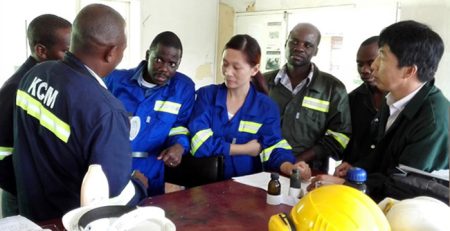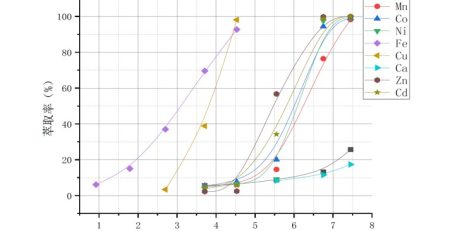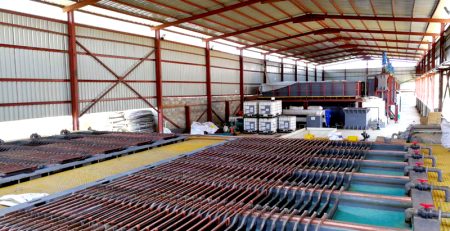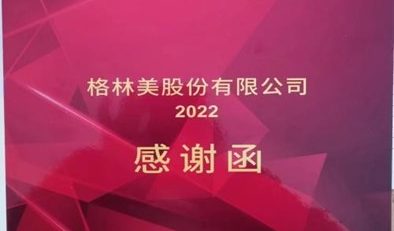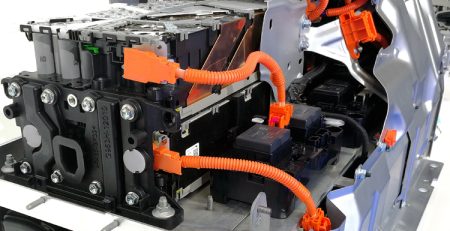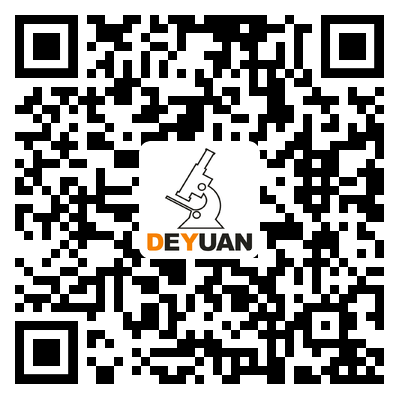Chemical method Lithium Battery recycling technology
Lithium ion batteries use compounds containing lithium as the positive electrode, with only lithium ions and no metallic lithium. It is usually made of lithium manganate, lithium cobalate, Lithium iron phosphate, lithium nickel cobalt manganate and other materials. At present, lithium cobalate is still used as the active material of most positive electrodes of lithium ion batteries, because lithium nickel cobalt manganate combines the advantages of lithium manganate and lithium cobalate.
Positive electrode materials account for 40% of the total cost of batteries. Effectively recycling and recycling heavy metals such as cobalt, nickel, and lithium in positive electrode materials can alleviate mineral resource crises and achieve sustainable development, while also bringing huge economic benefits.
The most effective method is hydrometallurgy, as follows:
1. Acid leaching: the separated positive active substance is leached in the system of sulfuric acid and hydrogen peroxide to obtain CO2+and Li+, and then the leaching solution containing CO2+and Li+is first removed with diisooctyl phosphate (D2EHPA) extractant to remove impurity ions therein, and then the cobalt ions in the aqueous phase are extracted and separated with di (2,4,4-trimethylpentyl) Hypophosphorous acid (DY272) extractant to obtain cobalt rich organic phase.
2. Alkali leaching: When electrolytic stripping of the positive electrode active material, the aluminum on the surface will undergo oxidation and form a dense oxide film, which reacts with acid to generate aluminum ions and enter the solution. Aluminum ions are toxic to the extractant, so if the aluminum removal effect is not ideal, it will directly affect the separation effect. Therefore, first alkali leaching is used to recover aluminum, followed by acid leaching to recover cobalt and lithium. The optimum conditions for aluminum recovery by alkali leaching are: temperature 90 ℃, 10% sodium hydroxide (NaOH) solution, aluminum recovery rate 96%; The optimal conditions for acid leaching recovery of cobalt and lithium are: temperature 90 ℃, 4 mol/L sulfuric acid solution, solid-liquid ratio 1:8, reaction time 100 minutes, and the leaching rate of cobalt and lithium reaches 92%. This method can recover valuable metals from waste lithium-ion batteries, with a simple process flow and no secondary pollution to the environment, and has certain practical value.
3. Directly generate positive electrode materials through chemical reactions. The above methods all separate aluminum and cobalt first, and further synthesis is required to obtain the positive electrode material. The process is complex and costly. If the positive electrode material is directly synthesized during the separation process, it can greatly simplify the production process and improve economic benefits. The positive electrode material in the waste electrode plate only undergoes structural deterioration during use, and can be reused as long as it is adjusted after effective separation. Directly and comprehensively utilizing valuable metals such as lithium, nickel, cobalt, and manganese from waste lithium-ion batteries, without the need to separate elements such as nickel, cobalt, manganese, and lithium, resulting in high element utilization rate and saving raw material costs.
If you want to do the turnkey project, please feel free to ask us:
Our metal extractants as below:
- DZ988N/DZ973N/DZ902 copper solvent extraction reagent.
- DY319 high efficiency nickel cobalt co-extraction extractant, can take out nickel and cobalt together from nickel laterite ore or Lithium battery electrolyte.
- DZ272 Nickel cobalt separation extractant, it can take cobalt out from nickel cobalt solution.
- DY377 efficient nickel and diamond separation extractant.
- DY366 new advanced nickel cobalt extractant.
- P204 (D2EHPA or HDEHP) extractant.
- DY301, DY302 for nuclear spent fuel recovery.
- Other extraction reagents for Vanadium extractant, Lithium extractant, Ferro extractant and rare earth extractant.

